
Dcn. Harrison Garlick serves as a Great Books Tutor for the Alcuin Institute, and is the Chancellor of the Diocese of Tulsa.
Dcn. Harrison Garlick serves as a Great Books Tutor for the Alcuin Institute, and is the Chancellor of the Diocese of Tulsa.
← Return to EssaysStay Connected!
The world is in chaos. Modern man now holds himself as an autonomous moral universe in which every conceivable reality is malleable to his subjective will. Man has been “emancipated,” in the spirit of non serviam, from God, the Church, nature, history, reason, and now even his own body. Even the most basic realities of what it means to be human are eroding and with it the foundations of our civilization.
If we asked whether there was cause to hope amongst the chaos, most Catholics would, if even out of piety, answer yes—our hope is in Jesus Christ. Yet, what did Jesus Christ teach us about the relationship between chaos and hope? What is the biblical understanding of chaos? And what is the relation of chaos to vocation of a disciple of Jesus Christ?
The answer to these questions is water and what lies beneath the concept of the waters in the biblical text. Let us look at the opening of Holy Scripture:
In the beginning God created the heavens and the earth. The earth was without form and void, and darkness was upon the face of the deep; and the Spirit of God was moving over the face of the waters (Genesis 1:1-2).
The primordial waters of Creation are formless, void, and dark. The Spirit of God flutters above the deep, and it is from these waters that God will draw Creation. The contrast in the opening of Holy Scripture grants us our template for understanding the biblical allegory of water: water represents chaos, disorder, darkness, and death; but, just as God drew Creation from the face of the deep, so too does God draw order, beauty, light, and life from that which is chaotic.
It is this interplay between the chaos of water and the order of God that we will use as our primary pattern, our thesis, to examine other examples in the biblical text.
A clear example resides in Noah’s Ark and the Great Flood (Gen 6-9). The primordial waters of Creation return to reclaim the earth for chaos. The Great Flood is another creation narrative, in which God must once again draw forth order and beauty from the chaotic deep.
The waters represent death and the Ark represents life. Many of our Early Church Fathers saw in this text an allegory of the Church and the world. The Church is the Ark, our salvation, and the world is the watery abyss, our death and damnation.
As an aside, there is an image here that has always caught my imagination. Note that the waters burst forth before the door to the Ark is closed. You can only image what realizations set in on the people around Noah when the waters started to come forth—when they realized that the Ark was indeed their hope for salvation. And note that in the midst of this realization—who closes the door to the Ark? The Lord does—not Noah but the Lord (Gen 7:16). It is ultimately God’s Ark, as it is God’s Church, and He decides who is worthy to enter and be spared the waters of chaos and who is not.
Let us leave Noah for the narrative of Moses. The life of Moses is deeply intertwined with the allegory of water. First, recall that in order to save her child’s life, his mother sets her infant son in a basket upon the waters of the Nile (Ex 2:3). Like Noah in the Ark, we see the child’s life preserved upon the waters that would have otherwise been his death. He is then pulled forth from the waters by Pharaoh’s daughter, who names him Moses, meaning “to be drawn out” (Ex 2:10). Like Creation itself, Moses is drawn from the waters and his very name exemplifies the relationship between chaos and order, death and life, water and God.
The narrative of Moses’ salvation as an infant serves as a foreshadowing to the salvation of Israel. Moses is called by God to draw out Israel from its bondage in Egypt and, as he was delivered from the waters of the Nile, he must now be the hand of God in delivering Israel from the waters of the Red Sea (Ex 14:10-22).
What should have been their death, the Red Sea, God turned into the vehicle of their salvation. A pattern emerges, as seen in the stories of Creation, Noah, and Moses, that those who have hope in God often find their salvation amongst and through chaos.
Take note of the fate of the Egyptians (Ex 14:22-31). They too attempted to cross the Red Sea but, like those who did not trust in God during the Great Flood, they are swallowed by the waters and it becomes their death. The Egyptians serve as a fateful reminder for those who attempt to traverse this life—with all its chaos and disorder—without placing their hope in God.
Another considerable example is the crossing of the Jordan River (Jos 3:17). Here, God commands Joshua to have the Ark of the Covenant lead the people across the Jordan. Once again, like the Red Sea, there is water between Israel and the Promised Land. The Ark is carried into the waters and the waters cease and those carrying the Ark stand upon dry ground. The Ark remains in the middle of the dry riverbed until the entire host of Israel has safely crossed.
Here, like the Red Sea, we observe a clear visual of the necessity for us to place our hope in God when attempting to cross the waters of this life into the eternal Promise Land.
Let us turn to a somewhat different and more nuanced example of water as an archetype of chaos. In the book of Job, when Job laments his losses, he cries out for thick darkness and blackness to swallow up the day of his birth (Job 3:4-5). Notably, amongst the chaos he is suffering, he invokes the Leviathan—the great beast of the waters (Job 3:8).
It more notable that when God decides to chastise Job, God too invokes the Leviathan (Job 41:25). God presents a clear juxtaposition: to God, the Leviathan is a plaything, like a maiden tying a bird to a string; but to man, the Leviathan, this great beast of the sea, means certain death. It is only with God, by placing our hope in him, that man can be delivered from this great beast of the waters, this beast of chaos.
Another example, and arguably one of the best examples of the allegory of water, is the narrative of Jonah. As you will recall, Jonah attempts to run from the Lord and, while he is on a ship at sea, the Lord sends a storm. Jonah is subsequently tossed out of the ship and into the sea. It is intriguing that with Noah and Moses, the vessel upon the water was the instrument of God’s salvation, and here we have Jonah, who is contrary to the will of God, being tossed out of the vessel and into the sea. He is tossed out of what represents salvation and into what represents death and chaos—only to be swallowed by a great beast of the sea. And while there is some debate whether Jonah died within the belly of that creature, it is clear that our Lord Jesus Christ uses the story as a foreshadowing of his own death and resurrection—drawing yet another parallel between water and death.
Does this pattern of God using water, representing death and chaos, as a vehicle of salvation extend to the New Testament? Yes. In fact, almost our entire study up to this point could be a reflection on the Sacrament of Holy Baptism. Let us recall that St. Ambrose, in commenting on Luke 3:21, tells us Christ was baptized not to become holy, but to make the waters holy for us.[1] God enters death and the instrument of death becomes the portal of our salvation.
As the Spirit of God fluttered above the primordial waters and then drew forth Creation, so too does the Holy Spirit draw us from our baptismal waters as a new creation in Christ. The Church, into which we are baptized, is our salvation, as was the Ark to Noah or the basket to Moses. Moreover, we hope never to be contrary to the will of God and be tossed from the ship like Jonah. It is through these waters—like with the Red Sea or the Jordan—that we must pass to enter our Promised Land, our eternal happiness with God.
Even a casual survey of the ministry of Jesus Christ exhibits a continuation of this catechesis on water.
At the wedding of Cana, our Lord performs His first miracle—the turning of water into wine (John 2:1-11). This is, in many ways, a summary of the entire salvific mission of Jesus Christ. What represents chaos and death, water, becomes by the hand of Christ wine—which in turn foreshadows our true salvific drink, the Precious Blood. Like the wedding at Cana, we too are called to wed ourselves to Christ and become one flesh with Him: we leave behind the water and we take of the wine.
Recall also Christ calming the storm (Matt 8:23-27). Jesus and His disciples are in a boat on the sea. “Suddenly a violent storm came up on the sea, so that the boat was being swamped by waves” (Matt 8:24). Notably, however, Christ is asleep. His disciples wake our Lord and, as Matthew records, “he got up, rebuked the winds and the sea, and there was great calm” (Matt 8:26). The narrative of Christ calming the sea recalls His relationship to the primordial waters of Creation. For Christ is the Eternal Word, the Logos, the ordering principle and account of all reality (John 1:1-14). It is in Him, through Him, and for Him all things were made (Col 1:15-17). Thus, when God the Father spoke the words of creation over the primordial waters it was the Eternal Word, the Logos, that gave Creation its form and substance—and continues, at present, to hold all things in being (Col 1:17). Christ can be the God who sleeps amongst the waves, because the chaos they represent holds no danger to Him. The Logos brought order to the primordial waters, and the Incarnate-God, Jesus Christ, calms the waters of the sea.
St. Matthew then pivots into the story of Christ’s healing of the demoniacs (Matt 8:28-34). As you may recall, Christ drives the demons out of the two men and into the herd of swine. We should take careful observance of the fact that when the demons are sent into the pigs, the demons drive the pigs into the sea where they die amongst the waters. St. Matthew is showing us that the sea, the water, is the realm of the demonic—that which is lifeless, void, and dark; yet, he couples this narrative with the calming of the storm to show us that this chaotic realm is subject to the authority of Jesus Christ. Here, it is most important to recall from the narrative before that when Christ calmed the storm, He actually rebuked it—He used the language of an exorcism. The two narratives are meant to be read as one.
We could also contemplate Christ walking on the water and what it means for St. Peter, our first pope, to leave the boat and come to Christ standing atop the waves. Let us, however, turn to when Christ calls Peter to be a disciple and what water has to do with discipleship.
The Gospel records:
As [Jesus] walked by the Sea of Galilee, he saw two brothers, Simon who is called Peter and Andrew his brother, casting a net into the sea; for they were fishermen. And he said to them, “Follow me, and I will make you fishers of men.” Immediately they left their nets and followed him (Matt 4:18-22).
It is not by accident that Christ called fishermen to be his first disciples. It is an intentional act that illuminates a pattern throughout all of Salvation History. It is a decision built upon the narratives of Creation, Noah, Moses, Jonah, and more. Walking by the sea, He calls them to be “fishers of men.” If one is to be a fisher of men, where must one be? As a man draws a fish out of the sea from his boat, so too do the disciples of Christ draw souls out of the chaos and into the Church.
Therefore, chaos is not a reason to give up hope. We are called to chaos. As disciples of Jesus Christ, we are called to be in the chaos but not of it—to draw souls out of the chaos and into the grace of God’s Church. We are called to be in disorder but not be disordered. We navigate the chaos for the salvation of our neighbor—fishing them out of darkness and death of the worldly waters and into the great Ark of our Salvation, the Catholic Church. We are agents of order to disorder, of light to darkness, of hope to despair, and of life to death.
Before we end, let us examine the end of Scripture. In the Book of Revelation, St. John writes:
And I saw a beast coming out of the sea. It had ten horns and seven heads, with ten crowns on its horns, and on each head a blasphemous name… The whole world was filled with wonder and followed the beast. People worshiped the dragon because he had given authority to the beast, and they also worshiped the beast and asked, “Who is like the beast? Who can wage war against it?” (Rev 13:1-4)
Here, we see the return of the great sea beast, the Leviathan, who serves as a type of antichrist in the Apocalypse. He represents disorder, death, chaos, and is contrary to God in all ways. The people, echoing a corruption of St. Michael’s name, praise the sea beast saying, “Who is like the beast? Who can wage war against it?” The irony of their praise is found in recalling what God said about the Leviathan in Job–it can bring swift death to us, but to God it is nothing, a plaything to be led on a string. As demonstrated by Christ throughout the New Testament, God has absolute authority over the waters, the chaos, and all that dwell therein.
But we, placing our hope in Christ, know that the great sea beast is defeated and a new earth and a new heaven are created. Our biblical examination of water concludes as St. John writes toward the end of his Apocalypse:
Then I saw a new heaven and a new earth; for the first heaven and the first earth had passed away, and the sea was no more (Rev 21:1).
There is no sea in the new earth. Chaos has been brought to order, darkness to light, death to life, and the Leviathan, the sea beast, is defeated by the Lamb. The allegory of water provides an architectonic template to understanding the entire narrative of Salvation History, and it is a divine story given to us to provide hope amongst the death and darkness of daily life.
In the Gospel of Luke, Christ is with His disciples and tells them to “push out into the deep,” into the “deep water” (Lk 5:4). So too is Christ calling us to push out into the deep and draw out the souls who need Him the most. May we always be willing to take the hope of God into the depths of chaos.
This article is an adaptation of the talk entitled “On Water, Chaos & Catholic Leadership” given at the 2021 USCCB national Child & Youth Protection Conference in Tulsa, Oklahoma, and similarly a talk entitled “On Hope & Chaos: A Biblical Study on Water” at the 2021 Idea of a Village Conference in Locust Grove, Oklahoma.
More Reading

Dcn. Harrison Garlick serves as a Great Books Tutor for the Alcuin Institute, and is the Chancellor of the Diocese of Tulsa.


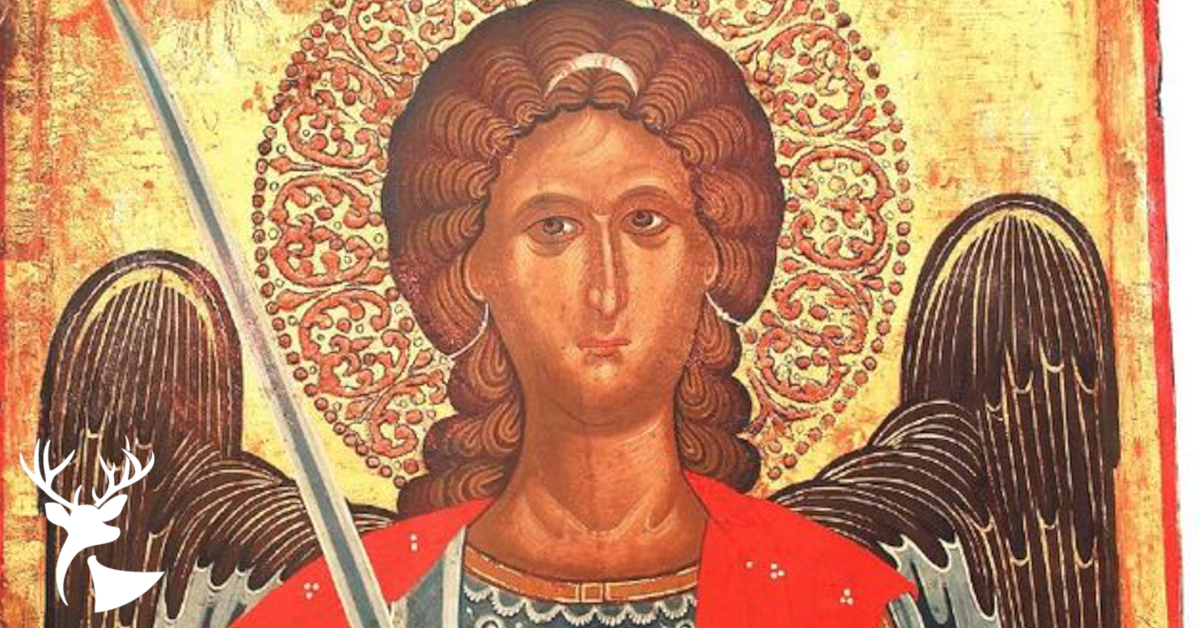

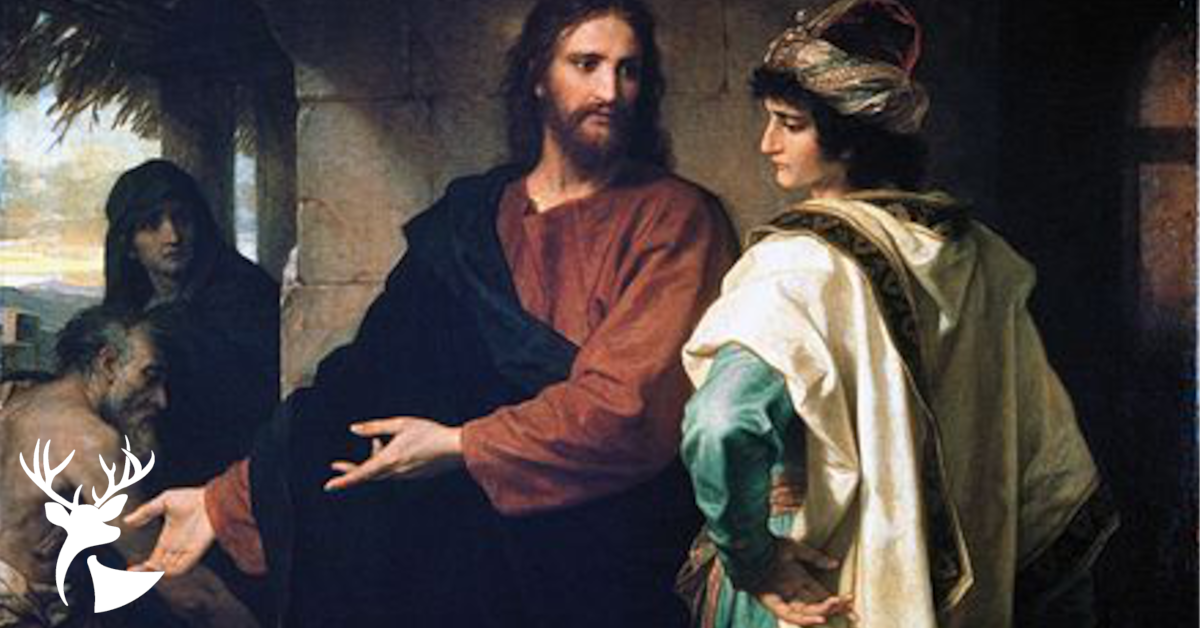
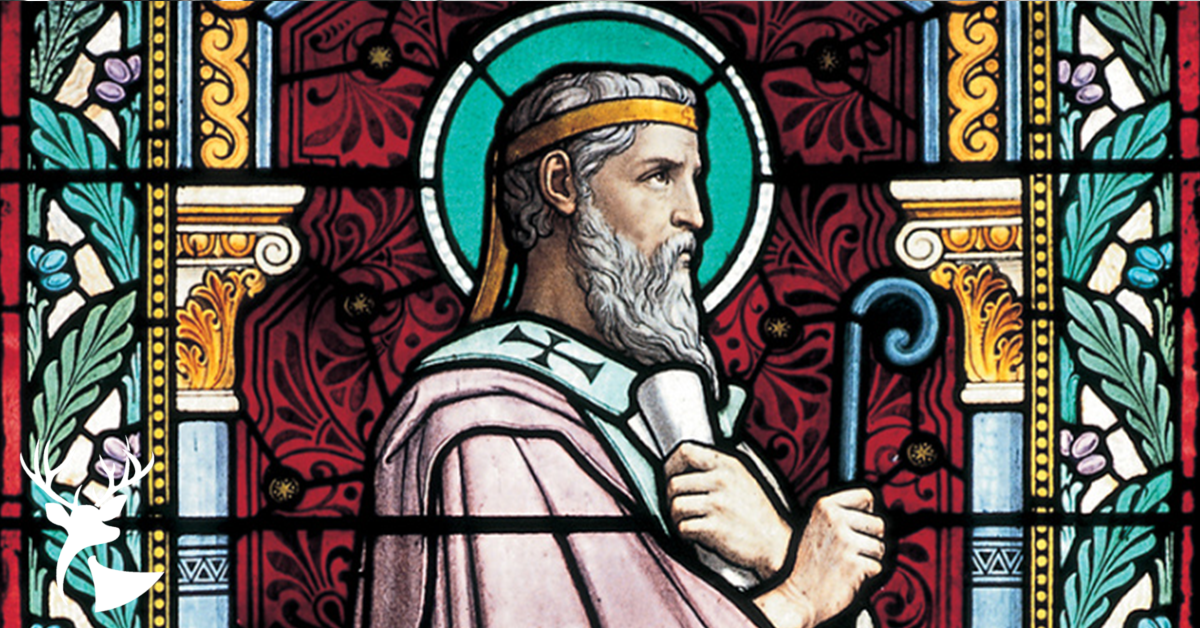
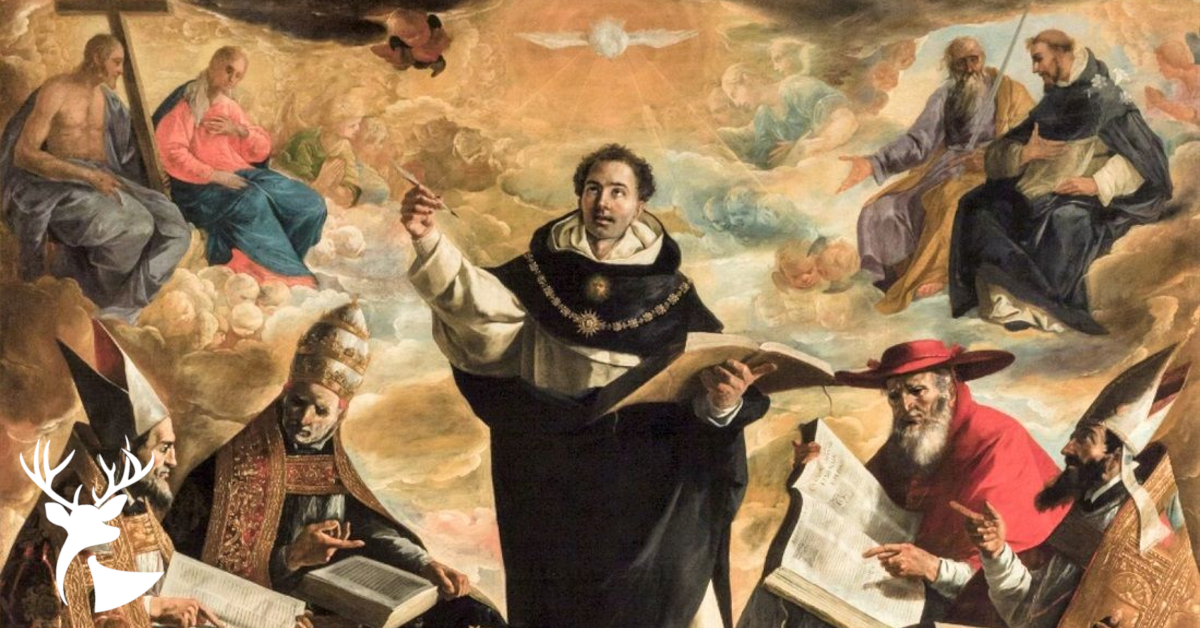


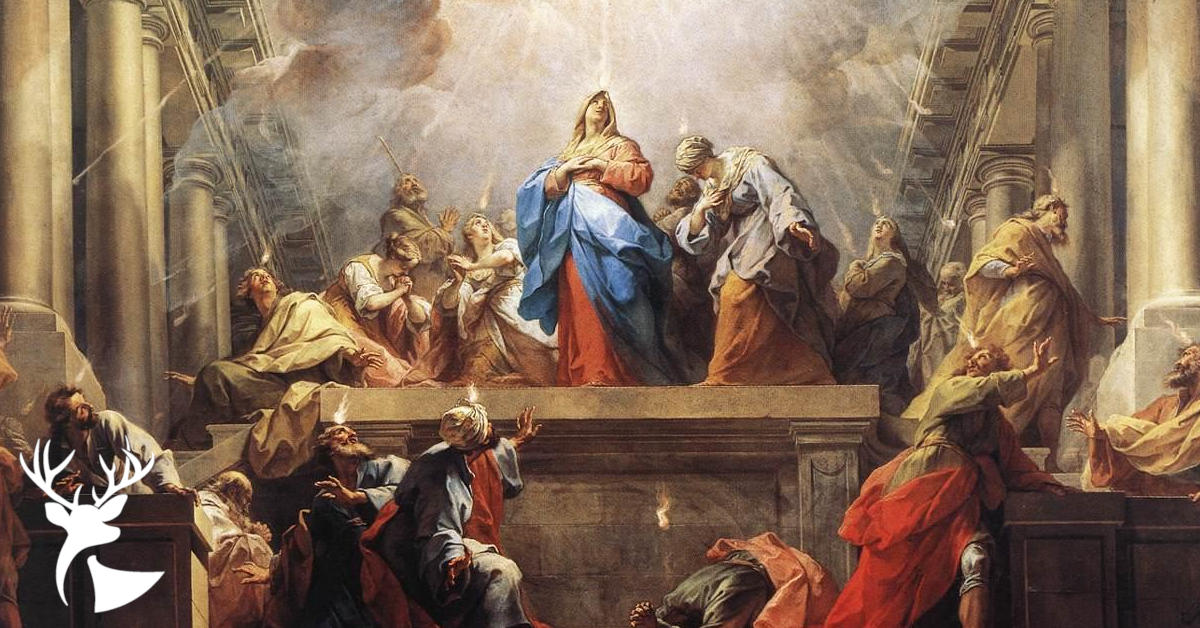


Well done, thanks.